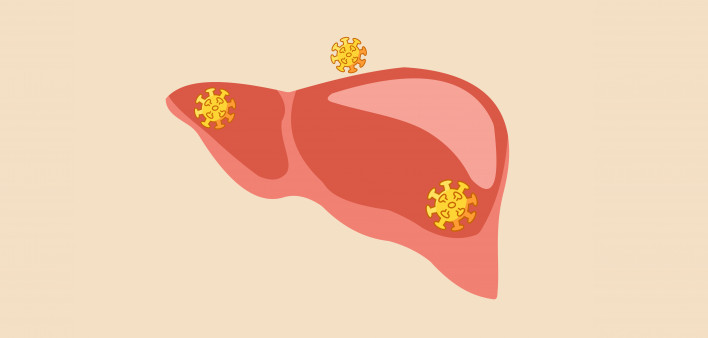Among people living with HIV, overall hepatitis C incidence fell dramatically as interferon-free antiviral therapy became readily available, but a higher proportion of those who acquired hepatitis C virus (HCV) were infected more than once, according to study findings published in The Lancet HIV.
Due to common transmission routes, people with HIV are also susceptible to HCV, and guidelines recommend HCV testing and treatment for HIV-positive people. Sharing equipment to inject drugs is a major route of HCV transmission, but there have also been outbreaks of sexually transmitted hepatitis C among gay and bisexual men, especially those living with HIV.
Since interferon-free direct-acting antiviral (DAA) therapy became widely available, hepatitis C cure rates have reached nearly 95%, and the drugs are highly effective for both HIV-positive and HIV-negative people. But HCV does not confer immunity, so people who are cured can acquire the virus again. Thus, HCV reinfection after successful treatment complicates efforts to eliminate hepatitis C among people living with HIV.
Rachel Sacks-Davis, PhD, of the University of Melbourne in Australia, and colleagues analyzed changes in HCV incidence and reinfection among people with HIV after direct-acting antivirals became readily available.
The research team pooled data from six cohorts that are part of the International Collaboration on Hepatitis C Elimination in HIV Cohorts (InCHEHC) in Australia, Canada, France, the Netherlands, Spain and Switzerland between January 2010 and December 2019.
The study population included 6,144 HIV-positive people at risk for hepatitis C. Most (81%) were men, and the median age was 49 years. Nearly half were men who have sex with men, and 38% were people who inject drugs. The participants were followed for 17,303 person-years.
The researchers analyzed the different rates of HCV reinfection among people who did not have access to direct-acting antivirals, those with limited access and those with broad access. For every calendar year, they also assessed the proportion of reinfections relative to overall infections.
Before interferon-free hepatitis C therapy became widely available, the occurrence of HCV reinfection was stable. When access to DAAs was limited on the basis of liver disease severity, the incidence of reinfection was reduced by 4%. During the period of broad antiviral access, the incidence of reinfection fell by 28% compared with the pre-DAA period.
However, reinfections made up a bigger proportion of all HCV infections after antivirals became broadly accessible. From 2015 through 2019, the proportion of HCV reinfections rose while total HCV incidence—including both first time and subsequent infections—declined by 34%, from 1.02 cases per 100 person-years in 2015 to 0.67 cases in 2019.
One reason for the increasing proportion of reinfections might be an increase in the number of people at risk for reinfection. As more people are successfully treated for hepatitis C, the population at risk for reinfection grows.
“HCV reinfection incidence and combined incidence declined in people with HIV following direct-acting antiviral introduction, suggesting reinfection has not affected elimination efforts among people with HIV in InCHEHC countries,” wrote the researchers. “The proportion of incident HCV cases due to reinfection was highest during periods of broad access to direct-acting antivirals, highlighting the importance of reducing ongoing risks and continuing testing in people at risk.”
Click here for more news about hepatitis C treatment.







Comments
Comments